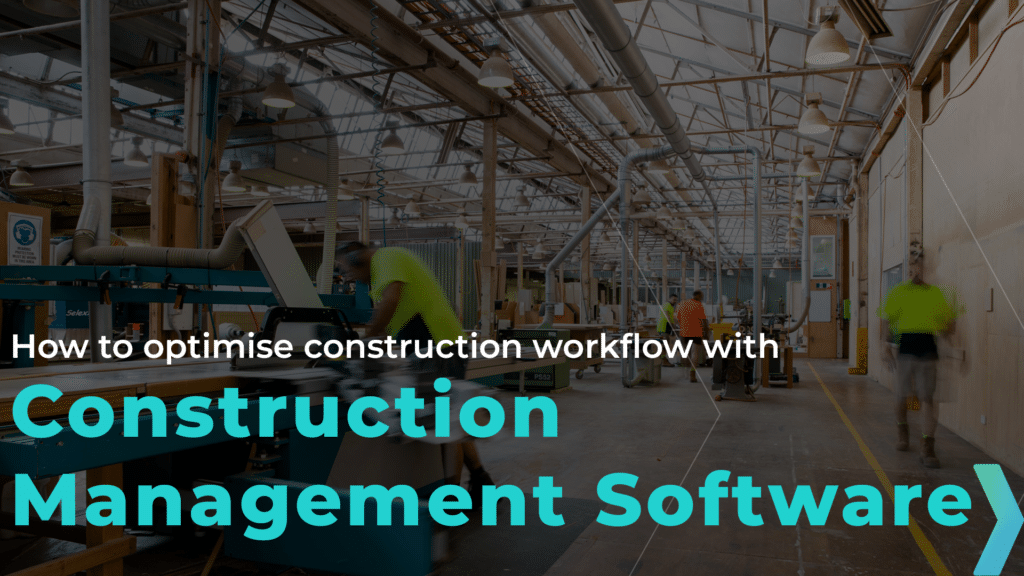If you own or operate a construction business in Australia, you understand just how complex the industry can be. Sensitive deadlines and stakeholder management services are a regular or even daily process, while resource design and project management continue to be an essential function of full-time staff. Legal expectations and local laws also change almost yearly, further complicating the process.
To manage and more easily navigate the complications of the construction industry, many professionals are turning to construction management software. Not only can software solutions be far more efficient than manual construction management alone, but they can provide new avenues for cost savings, resource management, and more. Today, the construction management software industry is experiencing a CAGR of 8.2% and is expected to become a $2.6 billion component of the economy within the next 6 years.
While understanding the form and function of construction management software is relatively straightforward, comprehending the benefits, types, and costs of individual platforms is not. Let’s explore some of the most pressing elements of the construction management software industry, including which platform is best for companies based in Australia.
What is construction management software?
Construction management software is a digital tool that centralises all elements of the construction process. Users can access detailed financial information, essential workflow, project management timelines, and other reports related to company analytics. The vast majority of construction management software tools include features, such as:- Estimating tools
- Project development
- Production updates
- Stakeholder communications
- CRM integrations
The benefits of construction management software
Thousands of businesses rely on construction management software to condense their tech stack, streamline communications, and simplify their business management with integrative tools and software. When used correctly, companies can enjoy a wide variety of new advantages.- Reduce risks — Equip your team to do more with Gantt chart project schedules that let everyone know what you’re doing. Maintain compliance with safety audits and other inspections and stay updated with site safety from anywhere.
- Stronger communications — Cloud-based construction project management software can help your organisation stay on task and under budget. Create shared portals that all employees and stakeholders can access, and be productive from wherever you’re located.
- Real-time data — Analytics and financial information are updated throughout the day, helping to avoid expensive mistakes and make accuracy possible. Spot check issues and update budgets on the fly.
Types of construction management software
There are three types of construction management software available in the marketplace.- Financial construction management software — helps your team stay up-to-date with budgets, resources, and tendering estimations.
- Project construction management software — supports a simplified workflow and assignment schedule using a single dashboard.
- Communication construction management software — creates accessible digital portals for internal employees, managerial leads, and stakeholder groups.
Average cost of construction management software
No two construction companies are ever alike, and neither are their internal processes. The vast majority of construction management software platforms provide accessible pricing plans that are matched to the needs of the individual. The range is extremely wide and is often based on the number of users added or the average team size at the business. At Nexvia, we provide cost estimates based on the needs of individual enterprises. Schedule and request a demo at your earliest convenience.What is the best construction management software?
Before purchasing construction management software for your company, it’s a good idea to evaluate potential options and determine the best possible solution for your vertical. It’s smart to compare these solutions based on their price points, features, and integrations.- Budget — Consider the monthly or yearly cost of the program and how it would affect your company’s budget. Consider its return on investment (ROI) over the course of several years and what it might look like in the future.
- Prioritise — Rank the features of each provider according to what is truly useful for you. The sheer number of features will be less important than the ones that provide value to your business.
- Question — How many integrations does the platform have with other programs in your tech stack? Ask the customer service team for additional information.


